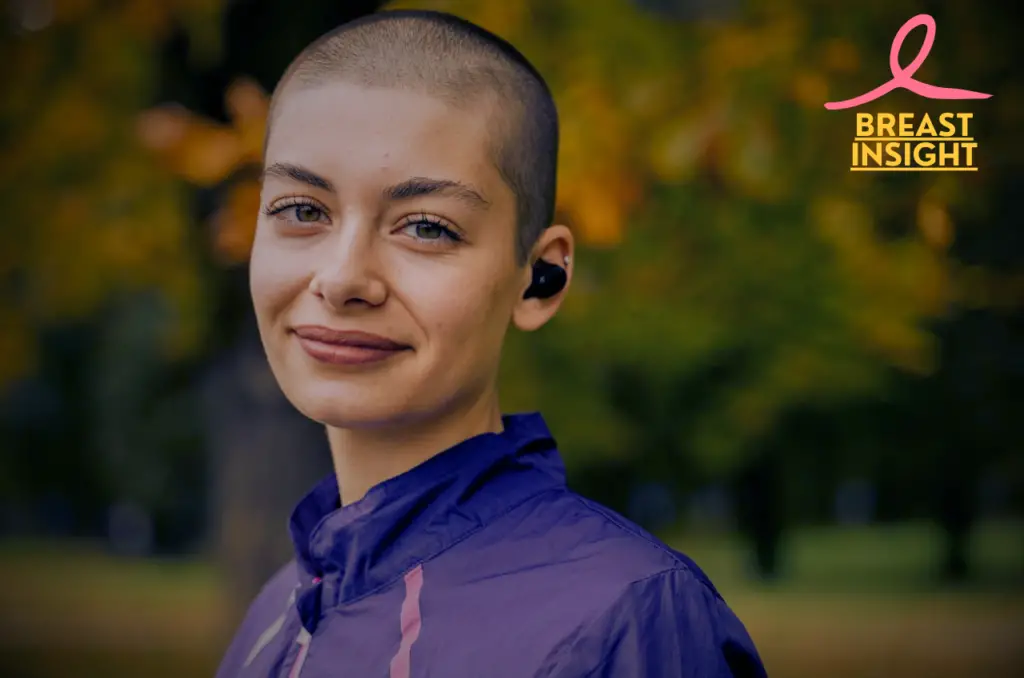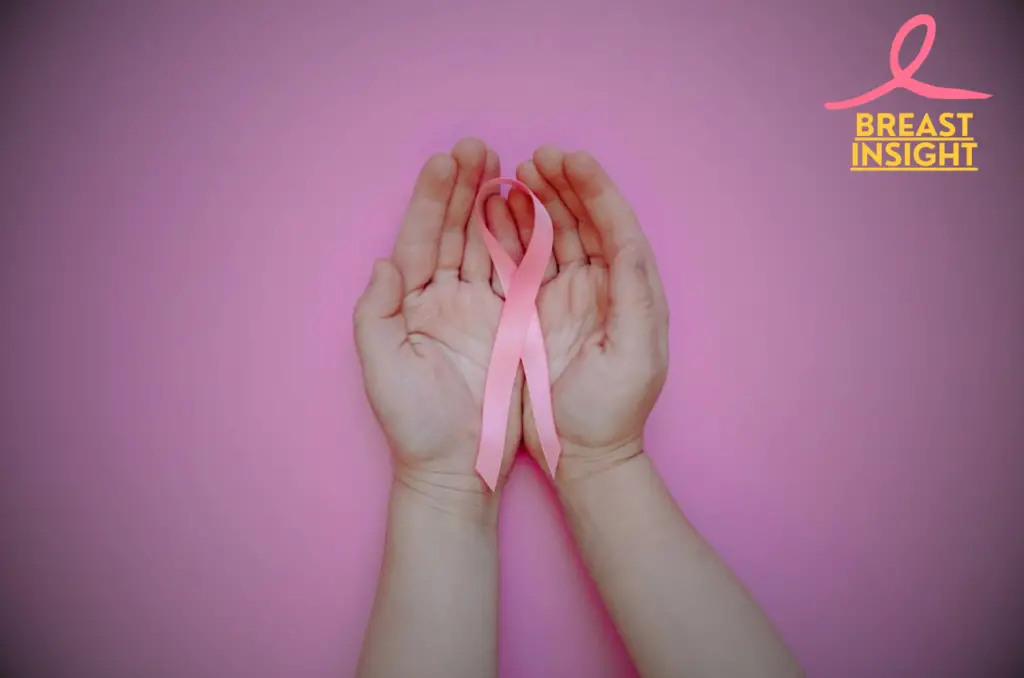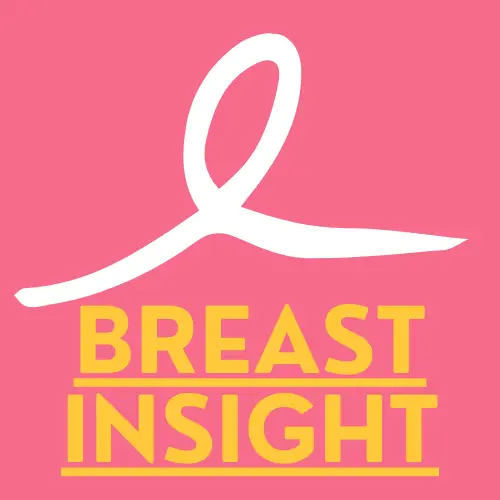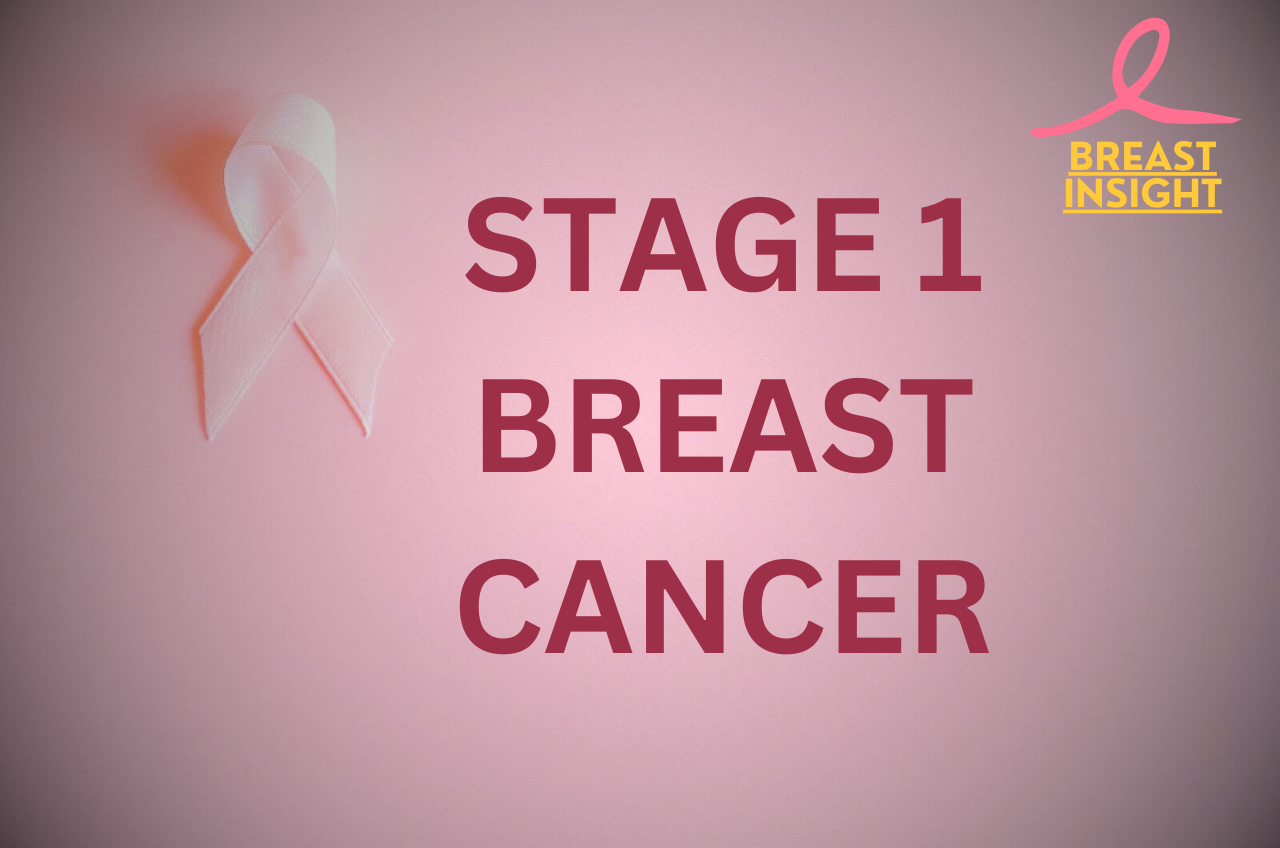Do you know that 1 in 8 women will develop breast cancer sometime during their lifetime? If caught early, especially at Stage 1, the survival rates are actually over 95%. Still, after being diagnosed with breast cancer at Stage 1, the patient must feel overwhelmed and frightened.
Understanding the subtleties of Stage 1 breast cancer is vitally important to each patient and his or her family. In this primary stage, the cancer is localized and is fantastically curable; making it a watershed moment in which knowledge indeed is power. Of all the methods of detection and the treatment options available, having the right knowledge is imperative to navigating your cancer journey.
Let’s go deeper into Stage 1 breast cancer: diagnosis, treatment options available, what to expect during recovery, and yet most important, how hope and good quality of life can be maintained while faced with the issue. As long as you are a patient or maybe a caregiver in search of clearer knowledge, this all-encompassing guide will follow you through learning the basics about Stage 1 breast cancer.

Understanding Stage 1 Breast Cancer
Definition and Classification
Stage 1 breast cancer signifies an early manifestation of the disease, characterized by a tumor that remains both small and localized. It is further classified into two subcategories:
- Stage 1A: The tumor measures 2 centimeters or smaller with no lymph nodes involved
- Stage 1B: Small clusters of breast cancer cells (0.2-2mm) in lymph nodes, with either no tumor in breast or tumor less than 2cm
Key Features
Stage 1 breast cancer has certain features that distinguish it from other stages:
| Characteristic | Description |
| Tumor Size | Usually 2cm or smaller (about the size of a peanut) |
| Spread | Limited to original location or minimal lymph node involvement |
| Growth Rate | Typically slow-growing |
| Containment | Cancer cells remain within breast tissue boundaries |
Common Features and Symptoms
Early detection is very important, and knowledge of these common indicators can lead to timely diagnosis:
Primary Physiological Indicators:
- A new detectable lump or mass in the breast
- Changes in the breast size or shape
- Skin distortion or dimpling
- Nipple changes or discharge
- Localization with ache in the breast
Stage 1 tumors have excellent characteristics:
- Usually painless
- Often sharp, with ragged edges
- May feel different from surrounding tissue
- It can be detected upon self-examination or screening
Stage 1 breast cancer often does not have noticeable symptoms, which emphasizes the importance of regular screening mammograms. Even if there are no symptoms, this does not necessarily imply that cancer is absent; as many cases are identified through routine screenings before it can develop noticeable signs.
Factors that call for careful awareness include
- A lineage marked by breast cancer
- Age over 50
- Dense breast tissue
- Previous breast conditions
- Certain genetic mutations (BRCA1/BRCA2)
Regular screening becomes highly essential in individuals who have these risk factors. Additionally, it’s crucial to remember that breast cancer is not exclusive to women. Did you know that male breast cancer is real and also warrants awareness? Learn more about male breast cancer and its unique challenges. Early detection via different tests profoundly improves treatment results and survival rates. Now is the time to elaborate on the various detection methods implemented for the confirmation of Stage 1 breast cancer in relation to clinical examination and advanced imaging diagnostics.

Detection Methods
Mammogram Screening
Mammography remains the gold standard for detecting stage 1 breast cancer. This low-dose X-ray imaging can identify tumors before they become palpable, often detecting masses as small as 2-3 millimeters. Regular screening mammograms are recommended for women:
- Ages 40-44: Optional annual screening
- Ages 45-54: Annual screening
- Ages 55+: Screening every 1-2 years
Physical examination
In addition to mammograms, healthcare providers offer clinical breast examinations (CBE). During a CBE, providers methodically examine for:
| Area | What’s Examined | Warning Signs |
| Breast tissue | Texture, consistency | Lumps, thickening |
| Skin | Surface changes | Dimpling, redness |
| Nipples | Appearance, discharge | Inversion, secretion |
| Lymph nodes | Underarm area | Swelling, tenderness |
Diagnostic tests
When abnormalities are detected, several diagnostic tools help confirm stage 1 breast cancer:
- Breast ultrasound: Distinguishes fluid filled cysts from solid masses
- Breast MRI: provides detailed images of the breast
Biopsy procedures:
- Fine-needle aspiration
- Core needle biopsy
- Stereotactic biopsy
- Surgical biopsy
Self-reflection Significance
Monthly breast self-examinations (BSE) are often encouraged for the early detection of any abnormalities. Though unable to substitute official screenings, BSE will allow women to become cognizant of their normal breast tissue and quickly become aware of any changes. Essential self-examination practices include:
- Self-examination-the exact attitude before the mirror
- Physical examination when lying down
- Systematic pattern scanning of the entire breast area
- Regular timing (same time each month)
- Documentation of any change
Investigations confirm that women who perform routine self-examinations have a better chance of detecting abnormalities earlier. By familiarizing themselves with how they appear and what they should feel, the American Cancer Society recommends becoming familiar with how your breasts normally look and feel, reporting any changes to healthcare providers immediately. Modern imaging technologies continue to improve, making it increasingly possible to detect stage 1 breast cancer at its earliest, most treatable phase. When caught early through these detection methods, treatment options become more numerous and typically less aggressive.
As individuals navigate life after treatment, they often have questions about regaining intimacy and addressing personal concerns. Wondering how breast cancer may affect sexual health and solutions to manage it? Discover helpful insights here. Understanding treatment possibilities becomes the next crucial step in managing stage 1 breast cancer effectively.

Treatment Options
Surgical Interventions
Surgery typically forms the main treatment approach for stage 1 breast cancer. Normally, patients have two fundamental surgical choices:
- Breast-conserving surgery (lumpectomy)
- Mastectomy
| Surgery Type | Description | Recovery Time | Considerations |
| Lumpectomy | Removes tumor and margin of healthy tissue | 2-4 weeks | Preserves breast, requires radiation |
| Mastectomy | Removes entire breast | 4-6 weeks | May need reconstruction, might avoid radiation |
Radiation Therapy
Following breast-conserving surgery, radiation therapy is standard protocol. The treatment schedule typically includes:
- External beam radiation (5 days a week for 3-6 weeks)
- Accelerated partial breast irradiation (twice per day for 5-7 days)
- Intraoperative radiation therapy (one-time dose during surgery)
Chemotherapy Considerations
While not all Stage 1 breast cancer patients need chemotherapy, certain factors influence this decision:
- Tumor size
- Number of cancer cells
- Hormone receptor status
- HER2 status
- Oncotype DX test result
Hormone Therapy Options
For hormone receptor-positive tumors, therapies used include:
- Tamoxifen (pre and postmenopausal women)
- Aromatase inhibitors (postmenopausal women)
- Anastrozole
- Letrozole
- Exemestane
Treatment is usually continued for 5-10 years.
Targeted treatment
For HER2-positive cancers, targeted therapies may include:
- Trastuzumab (Herceptin)
- Pertuzumab (Perjeta)
- TDM-1 (Kadcyla)
It specifically exploits the cancer cells and leaves the healthy cells intact, without side effects compared to chemotherapy.
Every kind of treatment is carefully selected, considering individual factors such as:
- Age and menopausal status
- Overall health condition
- Genetic factors
- Personal preference
- Specific cancer characteristics
Modern treatment techniques often combine therapies with outcomes for optimal achievement. Applying the case management approach, the healthcare team will be multidisciplinary in providing a personalized goal-oriented treatment plan that considers both medical aspects and quality of life goals for patients.
Beyond treatment, adopting healthier lifestyle habits can further support long-term well-being and help reduce the risk of recurrence. Curious about which habits to break to lower your breast cancer risk? Explore actionable steps here.
Stage 1 breast cancer is an early-stage diagnosis and often has treatment options that provide an excellent prognosis. The treatment opts to peak when patients attend their holistic treatment plans and regularly attend follow-up visits. After discussing the various treatment options, let’s now dwell on survival rates and what expectations accompany people living with Stage 1 breast cancer.

Survival rate and prognosis
Statistical Summary
Stage 1 breast cancer is probably the most optimistic prog nostics of the entirety of breast cancer and enjoys the best survival rate. Data in recent years:
| Time Frame | Survival Rate |
| 5-year | 98-100% |
| 10-year | 93-95% |
| 15-year | 87-90% |
Factors Influencing Prognosis
Some important factors affecting individual prognosis in stage 1 breast cancer consist of:
Hormone Receptor Status
- ER/PR-positive cancers are generally more sensitive to hormone therapy
- Triple-negative cancers could be treated more aggressively
HER2 status
- HER2 positive cancers have targeted therapy alternatives
- HER2-negative cancers often have better initial prognosis
Patient-Specific Factors
- Age at diagnosis
- General health status
- Genetic factors: BRCA1/BRCA2 mutations
- Response to therapy
Understanding the underlying causes of breast cancer can provide further insight into these prognostic factors. Curious about the key causes of breast cancer? Discover them here.
Recovery Timeline
The general recovery course following Stage 1 breast cancer is as follows:
Phase: Induction Therapy Phase (2-6 months)
- Surgery recovery: 4-6 weeks
- Radiation therapy- 3-6 weeks
- Initial chemotherapy (if needed): 3-4 months
Post-Treatment Recovery 6-12 months
- Physical recovery
- Energy level restore
- Resume your normal activities
Long-term monitoring (5+ years)
- Frequent follow-up consultations
- Annual mammograms
- Hormone therapy if extended continuously
Positive lifestyle changes, including regular exercise and balanced diet with stress modification, improve their survival significantly. Maintenance of such a good survival rate requires attention to follow-up care protocols.
Having appreciated reassuring survival statistics and recovery timeline for Stage 1 breast cancer, now turn to some practical elements of life with this diagnosis, without wishing to compromise the quality of life throughout and beyond treatment.

Living with Stage 1 breast cancer
Emotional Support Strategies
Living with stage 1 breast cancer demands a robust emotional foundation. By embracing these effective coping strategies, one can nurture their mental well-being:
- Do mindfulness meditation daily
- Maintain a cancer journey journal
- If need be, seek professional counseling
- Contact family and close friends
- Maintain regular sleep habits
- Take up stress-reducing practices
Lifestyle Interventions
Suitable lifestyle changes can directly affect the stage of recovery and long-term health.
| Modification Area | Recommended Actions | Benefits |
| Diet | Increase fruits/vegetables, reduce processed foods | Better immune function |
| Exercise | 150 minutes moderate activity weekly | Reduced fatigue, improved mood |
| Sleep | 7-8 hours nightly | Enhanced healing |
| Stress Management | Regular relaxation practices | Lower anxiety levels |
Follow-up care
Establishing a comprehensive follow-up care plan is crucial for monitoring recovery:
- Regular physical examinations every 3-6 months
- Annual mammography
- Monthly self-breast examinations
- Blood work as ordered
- Bone density scans, if on hormone therapy
- Consistent engagement with the healthcare team
Understanding the earlier stages of breast cancer, such as Stage 0, can offer helpful context for managing long-term care. Learn more about Stage 0 breast cancer and its treatment options in this ultimate guide.
Support groups and resources
Connecting with support systems can provide valuable guidance and emotional comfort:
- American Cancer Society’s Reach to Recovery Program
- Local hospital-based support groups
- Online communities like breastcancer.org
- Dedicated cancer-specific online communities
- Professional counseling services
- Patient navigation programs
Many hospitals have now incorporated support services, including medical care, psychotherapy, and lifestyle coaching. A navigator can help organize the various aspects of care and connect you with appropriate resources.
Open communication with healthcare providers is also crucial to addressing concerns in a timely manner. Regular, even light, exercise such as walking can manage the side effects of treatment and improve overall well-being. Many survivors find that joining support groups provides both practical advice and psychological understanding from others who share similar experiences.
Each case of stage 1 breast cancer is quite an individual. What works for one woman is the complete opposite for another, so it’s important to be patient while finding the right combination of support strategies and lifestyle modifications that work best for you.

Conclusion
Stage 1 breast cancer, although extremely serious, is still one of the most treatable forms of this disease, with very good survival rates. Thanks to regular screenings, advanced detection methods, and a range of treatments that include surgery, radiation, and medication, patients are offered multiple avenues for recovery.
Experience Stage 1 breast cancer: overwhelming in nature; yet, when detected and handled early by proper medical care, most patients lead full, healthy lives. Remember to leave lines of communication open with your treatment team, look toward the love and support of friends and family, and don’t forget to follow up on your plan. Your health-conscious lifestyle today will pave the way for your tomorrow.
Frequently Asked Questions (FAQs)
What is the survival rate for Stage 1 breast cancer?
Stage 1 has a very high survival rate; that is to say, with a 5-year relative survival rate of about 99%, according to the American Cancer Society. The positive results are achieved by early detection through regular screenings such as mammograms.
What are the common treatment options for Stage 1 breast cancer?
The main treatment options for Stage 1 breast cancer include surgery (lumpectomy or mastectomy), radiation therapy, and sometimes hormonal therapy with the most important factors in choosing a treatment size and tumor type and patient preferences.
How can I perform a breast self-exam effectively?
Begin performing a breast self-exam by facing the mirror and taking some time observing any variations. Next, raise your arms to see if there is any change in form or size. Then lie down and palpate this area using finger tips in circles to lightly feel any lumps or abnormalities. Doing it monthly helps in early detection.
What lifestyle changes can reduce the risk of breast cancer recurrence?
Adopting lifestyle changes, such as weight maintenance, a healthy diet with high fruit and vegetable consumption, regular exercise, and prudent alcohol consumption can significantly decrease the occurrence of breast cancer recurrences. Such practices also promote overall well-being and create effective treatment results.

